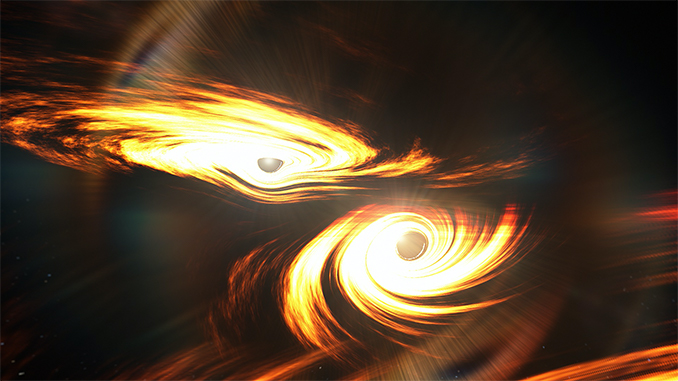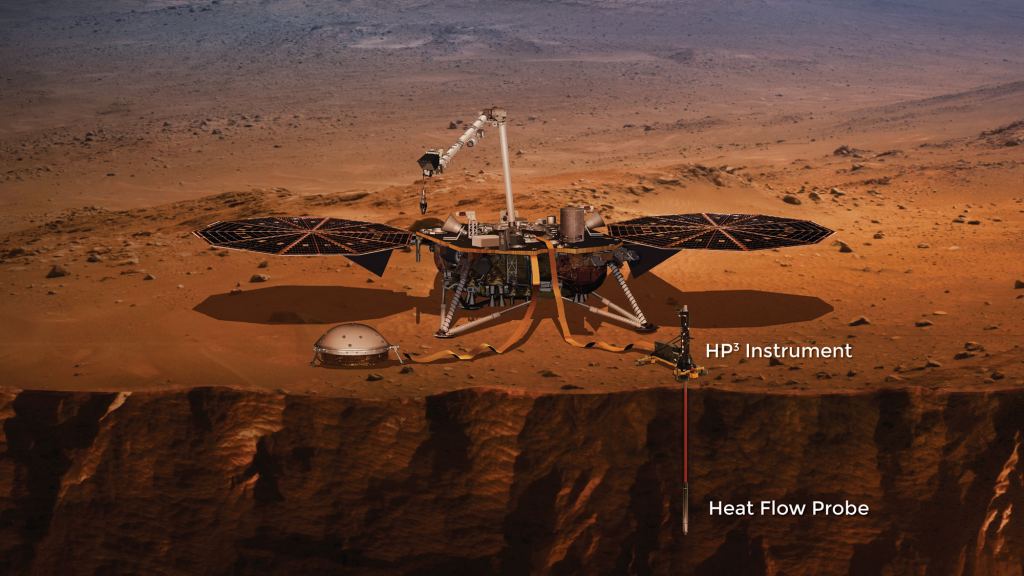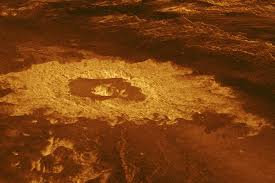
Researchers have found what may be remnants of the solar system’s largest impact structure, ancient concentric troughs that extend across almost the entire surface of Jupiter’s moon Ganymede.

Gravitational wave observatories have detected ripples in space-time that indicate the merger of two black holes with 85 and 65 solar masses. The result was a single black hole with 142 times the Sun’s mass.

It looks as though Breakthrough Listen’s ( a non-profit organization dedicated to advancing space exploration ) search efforts could be expanded by a factor of more than 200.

A new study finds that Earth's water may have come from materials that were present in the inner solar system at the time the planet formed - instead of far-reaching comets or asteroids delivering such water.

Killer cosmic rays from nearby supernovae could be the culprit behind at least one mass extinction event, researchers said, and finding certain radioactive isotopes in Earth.

Scientists were surprised to find that this tenuous, nearly invisible halo of diffuse plasma extends 1.3 million light-years from the Andromeda galaxy and as far as 2 million light-years in some directions.

After many months of struggle and careful adaptation, the InSight lander’s ‘Mole’ is finally into the ground. The InSight lander was sent to Mars to study the planet’s interior.

By studying Ceres' gravity, scientists learned more about the dwarf planet's internal structure and were able to determine that the water reservoir is about 40 km deep and hundreds of km wide.

Both the Moon and Mars were volcanically active at one time and the result is lava tubes. A new study shows that lunar and Martian lava tubes might be enormous, and easily large enough to accommodate a base.

The star with the smallest orbit is known as S62. Its closest approach to the black hole has it moving more than 8% of light speed. S62 orbits our supermassive black hole Sagittarius A every ten years.

Virgin Galactic already has its commercial operating licence but it has to work through a list of "verification and validation" milestones before it can welcome passengers aboard.

Using known distances of 50 galaxies from Earth to refine calculations in Hubble's constant, astronomers estimates the age of the universe at 12.6 billion years, different to the value of 13,8 billion years.

Two American astronauts have splashed down yesterday, as the first commercial crewed mission to the International Space Station returned to Earth. Its the first crewed US water landing in 45 years.

NASA's Mars 2020 Perseverance rover mission is on its way to the Red Planet to search for signs of ancient life and collect samples to send back to Earth.

A new study identified 37 recently active volcanic structures on Venus. The study provides some of the best evidence yet that Venus is still a geologically active planet.